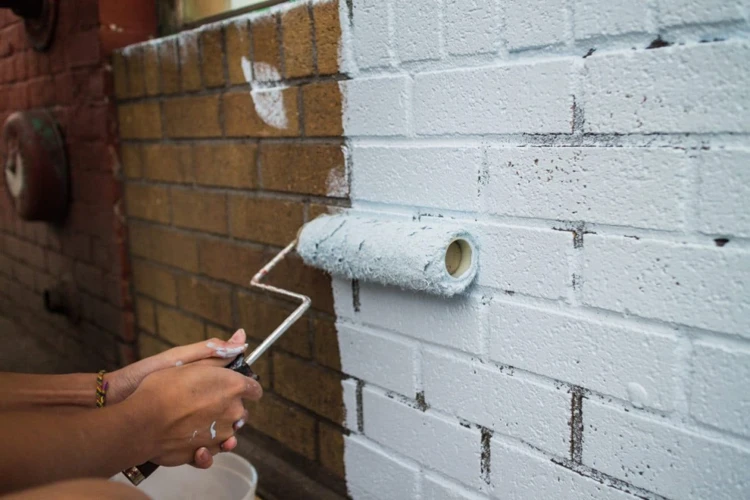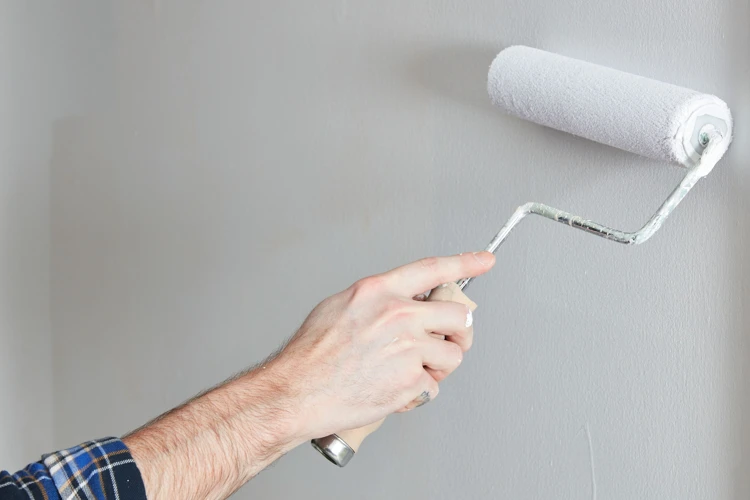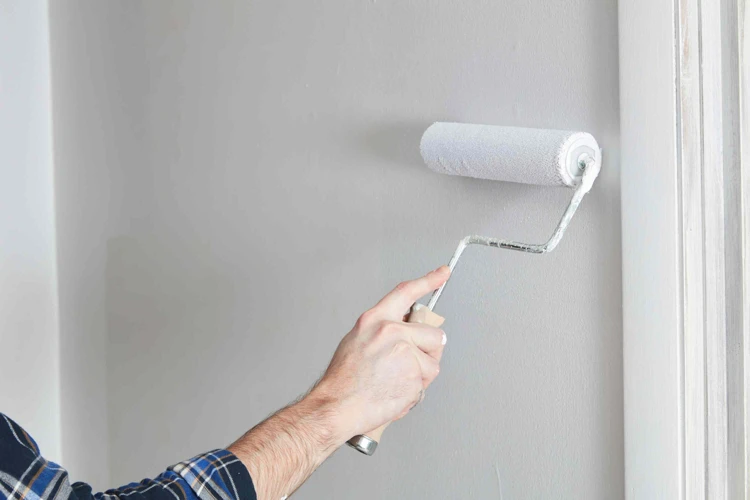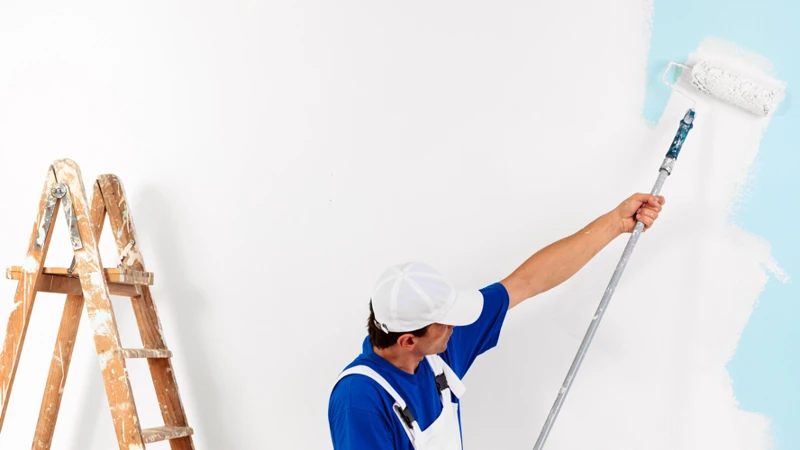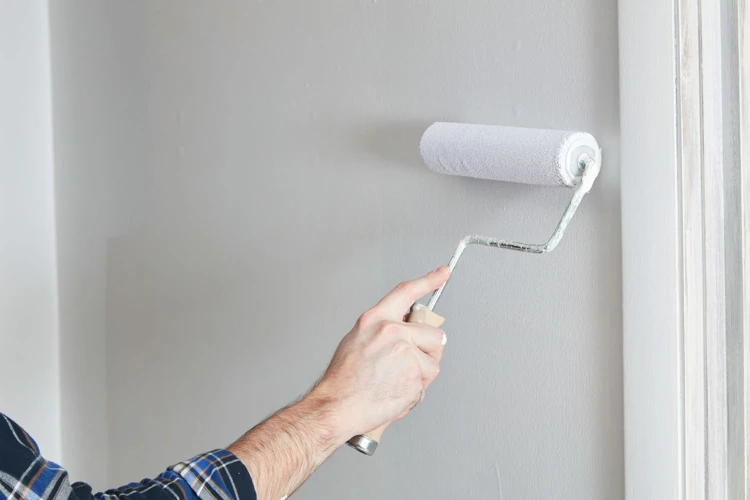Embarking on a painting project can be a transformative experience for any space. The key to achieving a sleek, professional look lies in the tools you choose, particularly the paint finish roller. This essential piece of equipment determines the smoothness of your walls and the overall quality of the job. Understanding the different types of rollers and their specific uses can elevate your painting project from amateur to professional with just a few strokes.
Understanding Paint Finish Roller Types
Not all rollers are created equal; they come in various sizes, materials, and textures. Selecting the correct type is crucial for the desired finish on your walls.
Smooth Paint Roller Varieties
Smooth paint rollers are designed to give walls a flawless finish. They work best on flat surfaces and with high-gloss or semi-gloss paints. These rollers come in different nap lengths, with shorter naps ideal for smooth surfaces and longer naps for more textured walls.
High-Quality Paint Roller Materials
The materials from which a roller is made significantly impact its performance. Synthetic fibers like nylon or polyester are durable and work well with water-based paints, while natural fibers like lamb’s wool are perfect for oil-based paints. High-quality paint roller materials ensure a smoother application and a more professional finish.
Seamless Paint Roller Options
For a truly professional look, a seamless paint roller is a must. These rollers lack seams that can cause unsightly lines on your walls, ensuring a consistent and smooth finish across the entire surface.
Choosing the Best Paint Roller for Smooth Finish
With the myriad of options available, deciding on the best paint roller for a smooth finish can be daunting. However, the perfect choice will leave you with a wall that’s the envy of even professional painters.
Factors Affecting Paint Roller Selection
Several factors come into play when selecting a paint roller. Consider the surface texture, the type of paint you’ll be using, and the size of the area to be painted. The right nap length and roller material are key to a smooth, professional finish.
Comparison of Popular Professional Paint Rollers
- Microfiber rollers are known for their paint absorption and release, providing an even coat.
- Foam rollers are excellent for smooth finishes on doors and cabinets but can create bubbles with the wrong technique.
- Textured rollers are perfect for creating a unique finish on your walls but may not be the best choice for a smooth finish.
Paint Roller Techniques for a Professional Finish
Even with the best equipment, the technique is what separates a novice paint job from a professional one. Here’s how to refine your approach for stunning results.
Essential Paint Rolling Tips for Flawless Walls
Start with a well-prepped surface and avoid overloading your roller with paint. Use an ‘M’ or ‘W’ pattern when applying paint to the wall, then fill in the gaps with straight, controlled strokes. This ensures even coverage and reduces the likelihood of streaks.
Advanced Techniques for DIY Paint Roller Users
For those seeking to up their game, advanced techniques like ‘back rolling’ can enhance texture and finish. This involves re-rolling over the paint in the opposite direction while it’s still wet. It requires a delicate touch but can significantly improve the end result.
Pro Tips for Handling a Professional Paint Roller
Mastering the art of the paint roller not only involves technique but also how you handle and maintain your tools.
How to Load and Roll for an Even Coat
Submerge just enough of the roller to cover it with paint without submerging it entirely. Roll it against the tray’s slope to distribute the paint evenly. When applying, avoid pressing too hard against the wall; let the roller do the work.
Maintenance and Cleaning of Paint Rollers
After a painting session, cleaning your roller is vital to maintain its quality. Rinse water-based paints with water and oil-based paints with the appropriate solvent. Squeeze out the excess liquid and hang the roller to dry to maintain its shape.
Accessorizing Your Paint Roller Setup
Accessories can enhance the functionality and ease of use of your paint roller, contributing to a professional finish.
Choosing the Right Roller Frame and Handle
A sturdy frame and a comfortable handle are important for control and precision. Look for ergonomic designs that reduce fatigue and allow for longer painting sessions.
Necessities for an Efficient Painting Job
Extension poles for high walls, paint trays with a sufficient reservoir, and drop cloths to protect your floors are all essentials that can make your painting job smoother and more efficient.
FAQs: Getting the Most Out of Your Paint Finish Roller
Even with the right tools and techniques, questions can arise. Let’s address some common inquiries to ensure you get the most out of your paint finish roller.
What Makes a Paint Roller Professional Grade?
Professional grade rollers are built for durability and performance. They often feature superior materials and construction, designed for repeated use and to hold up under the demanding conditions of a professional paint job.
How to Achieve a High-Quality Finish with a Paint Roller?
For a high-quality finish, choose the right roller material and nap length for your paint and wall texture. Apply paint with even pressure and use the right techniques to avoid common pitfalls like streaking and bubbling.
When it comes to achieving a professional paint finish, the tools you use are just as important as the technique. If you’re looking for advice on how to select the perfect roller frame for your painting project, be sure to read our guide on how to choose the right roller frame for painting. And if you’re planning to tackle an exterior paint job, our article on using a paint roller for exterior surfaces can provide you with valuable insights. Additionally, don’t miss out on our comprehensive paint roller guide to learn everything you need to know about rollers to ensure that flawless finish.
Conclusion: Mastering the Art of the Professional Paint Finish Roller
With the right tools, techniques, and a little practice, anyone can achieve a professional-grade paint job. Understanding your paint finish roller and how to use it effectively is the first step in transforming any space with color. Whether you’re a seasoned DIY paint roller aficionado or new to the craft, every stroke brings you closer to mastering the art of the professional paint finish roller.
